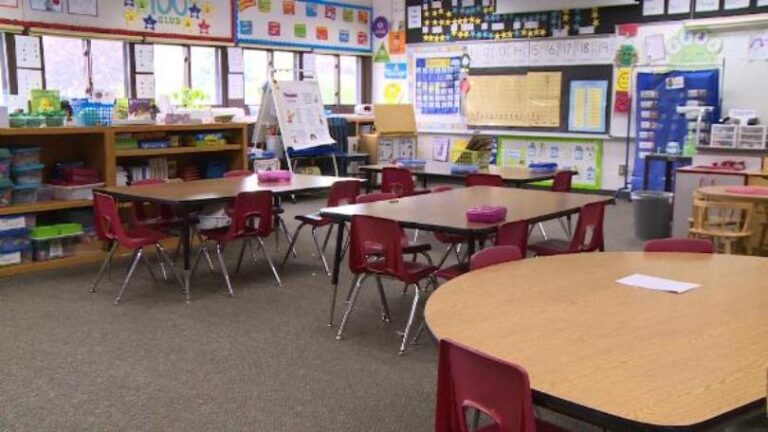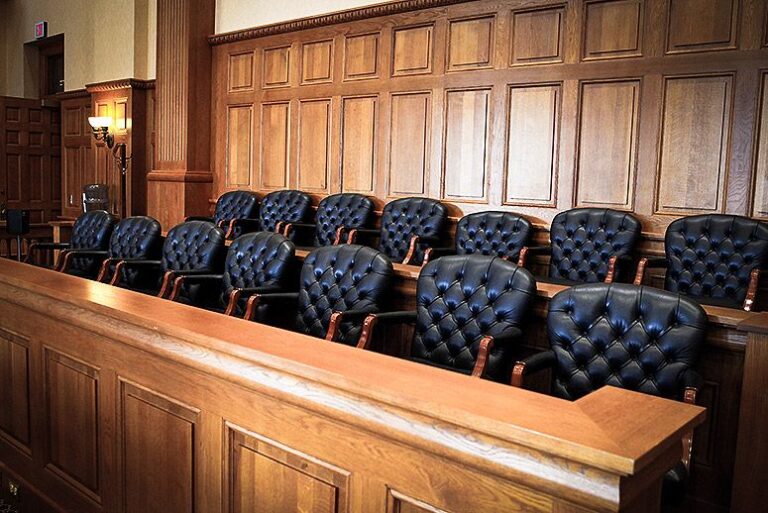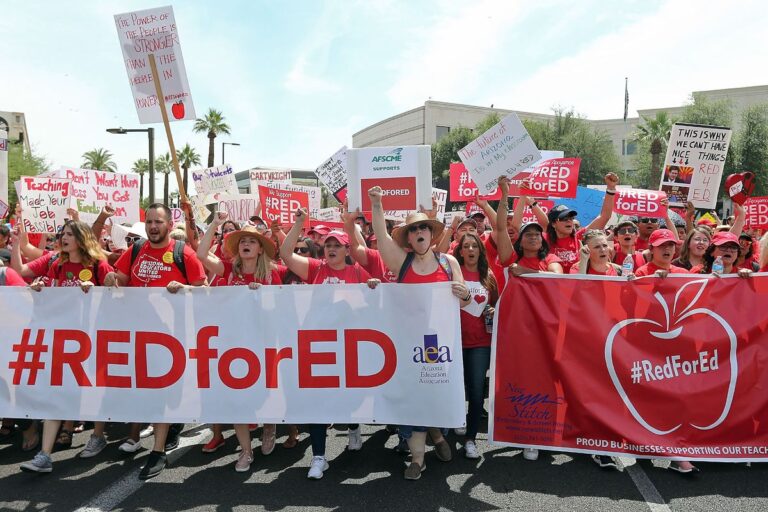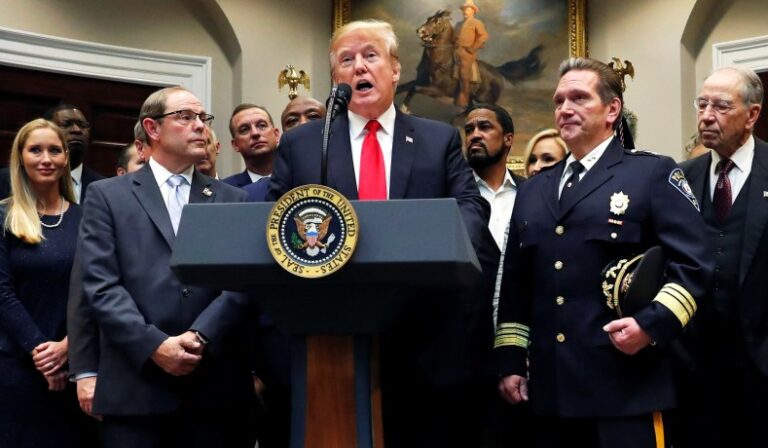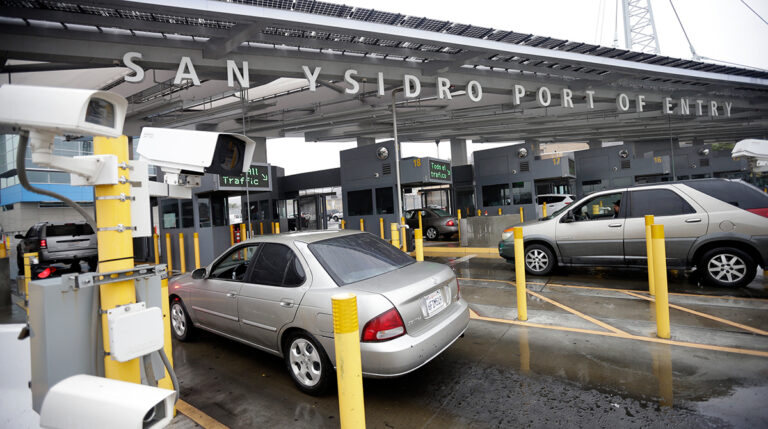Internal Scholarship
Filter
Post List

We Have the Technology: Reducing Deaths by Cops and Crashes
By Chris Hemry Executive Editor, Vol. 24. The police have a lot of power over civilians. This is especially palpable on the roads.[1] The police can pull you over for a “broken taillight,” order everyone out of the car, frisk everyone, arrest the driver for the broken taillight, impound the car, and then search every container inside.[2] Of course, where there is power, there are abuses of power, and discretion is often abused along racial lines. Police pull over more non-white drivers for minor infractions.[3] They also search non-white drivers more often and issue them more tickets.[4] Police kill Black motorists at much higher rates, and use non-lethal force against them more than twice as often.[5] At the same time, “[p]eople who are police, are related to the police, hold positions of power and authority, or who frequently work with or come in friendly contact with the police are largely immune from traffic enforcement.”[6] So what can we do about it? One solution would be to simply stop enforcing traffic laws. This option seems pretty attractive, given everything above.[7] For places with smaller populations, it may even be feasible. Several European cities have experimented with the idea of eliminating traffic controls with surprising success.[8] Nonetheless, traffic safety is a serious concern; every year, there are over five million crashes, resulting in over thirty thousand deaths.[9] Studies consistently show that reduced enforcement results in more crashes.[10] Conversely, “highly visible, sustained, and widespread” enforcement has been shown to be the most effective.[11]
Chilling Effect: Brooklyn Detainees Bang on Prison Walls as Temperatures Drop
By Elizabeth Morales Associate Editor, Vol, 24 On the first day of February, as temperatures in East Coast dropped below-freezing, a video showing inmates banging on the walls and windows of their cells at a Brooklyn jail went viral. The inmates were trying to alert people on the outside that their building had been with little to no heat for six days. Their call for help was successful, and a sea of protestors quickly formed on the streets below. More videos of activists chanting “turn on the heat!” made the social media rounds bringing worldwide attention to the conditions inside the jail. The jail in question is the Metropolitan Detention Center (MDC Brooklyn). MDC Brooklyn is a pre-trial detention facility in Brooklyn, NY that houses more than 1,600 inmates at all security levels.[1] most of whom are awaiting trial or are there due to their inability to make bail.[2] Problems with the building’s heating system started on January 27th when an electrical fire broke out in the jail’s west building which houses only men.[3] The fire caused a partial power outage [4] and engaged the jail’s emergency power system.[5] There is dispute as to whether heat and hot water in the jail’s housing units was affected.[6] The jail’s warden, Herman Quay, responded to the public outcry stating via a spokeswoman that “[c]ells have heat and hot water, there is lighting in the common areas and inmates are receiving hot meals.”[7] Local public defenders and union leaders paint a different story.[8] They report receiving dozens of calls from inmates via a dedicated line inside the jail that directly connects the inmates with the federal defenders offices.[9] Inmates allegedly complained of frigid temperatures, ill health, pitch-black cells, and lack of access to essentials like extra blankets and additional sweaters.[10]
The Role of Transactional Law Clinics in Promoting Social Justice
By Leah Duncan Associate Editor, Vol. 24 Access to justice is arguably one of the biggest problems facing the legal profession.[1] As Brian Price, director of Harvard Law School’s Transactional Law Clinics, puts it, “[w]hen people try to navigate the legal world without representation, deterred by the cost, they are at a structural disadvantage compared to those who know the rules of the game.”[2] In recent decades, law clinics have played a significant role in addressing the gap in services to clients who lack the means to afford high legal fees. During the early years of legal clinics, most law schools legal clinic offerings focused on civil and criminal litigation. But over the past few years, there has been an increasing instance of transactional clinics which focus on providing legal aid to low-income entrepreneurs, small businesses, and other community-based organizations.[3] As a tool to solve the access to justice crisis, community organizers use various strategies to empower community members to direct their own future. While civil and criminal litigation clinics have secured their space in the access to justice toolbox, professors, scholars, and students alike have begun to engage in serious dialogue about what role, if any, transactional law clinics can play. Transactional law clinics primarily focus on assisting small businesses and entrepreneurs in business formation, contract drafting and other types of transactions. These transactional law clinics, like the University of Michigan Law Entrepreneurship Clinic, point to the value of free and reduced fee transactional services for small businesses and low-income entrepreneurs who may not otherwise receive legal aid. To this end, this article explores justifications for the inclusion of transactional clinics in the fight for access to justice and provides insight to strategies for its inclusion.
The Indian Child Welfare Act on Appeal: Is It a Racial or Political Preference?
By Taylor Jones Associate Editor, Vol. 24 On October 4, 2018, the Northern Federal District Court of Texas held the Indian Child Welfare Act (ICWA) to be unconstitutional. Since that decision, Cherokee Nation, Navajo Nation, and other tribes are seeking to have the Fifth Circuit Court of Appeals overturn the decision. Enacted as a response to abhorrent mistreatment and racism against Native children and families in the foster care and child welfare system, ICWA is a critical act that protects the best interests of Native children. In the absence of ICWA Native people are left vulnerable to the previous maltreatment and abuses at the hands of state governments. Throughout American history Native American people have been abused and mistreated by the federal and state governments. ICWA was enacted in 1978 as a response to a crisis that Native people have endured for centuries: Native children being separated from their families and tribes by state child welfare and private adoption agencies. Around the time of enactment it was estimated that 25-35% of Native children were being removed from their families, and of those children removed approximately 85% were placed outside of their communities regardless of whether there were fit and willing relatives within the community available for placement.[1] This process has been recognized as the result of racist and culturally insensitive beliefs that Native children would live better, more productive lives in the homes of white, middle-class families.[2]
Improving Michigan’s School Expulsion Policy Would Help Cut School to Prison Pipeline
By Kara Crutcher Associate Editor, Vol. 24 There is a strong correlation between the amount of time that K-12 students spend out of school for disciplinary reasons, and the likelihood of them ending up in the correctional system. This concept, known as the school to prison pipeline, is heavily present in the lives of black and brown students that are subject to harsh disciplinary action more so than their white counterparts.[1] Until 2016, the Michigan education system was known for its zero-tolerance policies.[2] Zero tolerance led at least twelve Michigan school districts to over-suspend students of color.[3] Under these policies, school boards had no discretion over the disciplinary action taken towards a student that brought a dangerous weapon to school, engaged in criminal sexual conduct, committed arson, or physically assaulted a staff member or school volunteer. Rather, if a student engaged in any of these behaviors, they were subject to mandatory expulsion, where no other public school in the district would be required to accept them as a new student.[4] This left many young people of color in an extremely vulnerable position, as there is a greater chance that they will become disengaged in their education, and become involved in activities that can lead to incarceration.[5] In an effort to use a more holistic approach in K-12 discipline, Michigan representatives introduced Public Act No. 360[6] in 2016. The act “creates a rebuttable presumption that a suspension of 10 days or more and/or an expulsion”[7] is unjustified unless seven factors are considered. These factors include a student's age, disciplinary history, learning and/or emotional disabilities, the seriousness of behavior, whether the behavior posed a safety risk, whether restorative practices had been already utilized, and whether a lesser intervention would address the behavior.[8] The act went into effect August 1, 2017.[9]
Juries So White: Why the All-White Jury is Still so Prevalent in Michigan
By Christopher Hemry Executive Editor, Vol. 24 Michigan courts are insidiously tedious in the way they secure all-white juries.[1]For serious cases, more than 60 potential jurors are brought to the court, and then 14 are randomly selected to sit in the jury box.[2] From there, they are subjected, one by one, to a litany of questions about their jobs, their families, and their attitudes about crime and law enforcement.[3] By the third juror, the questioning is monotonous almost to the point of becoming white noise. It’s little wonder, then, that when the juror of color with a slight accent is offered an opportunity to leave — by the judge, no less — they jump at the chance. One Michigan judge is so adept at detecting jurors who “may have trouble understanding trial proceedings,” that he knows as soon as they open their mouths. Despite their previous sworn statement that they understand English[4] he has them identified and excused for cause within 3 sentences.[5] Other disparities sneak in as the questions drone on for 30-40 more jurors. The black juror isn’t asked for clarification when he says that jury duty would be a burden.[6] The white juror has to define his financial situation and swear that he wouldn’t be able to make rent.[7] The white juror with an uncle and brother-in-law in law enforcement who said that she’s inclined to believe police over civilians is deemed impartial after she’s pressed into saying she thinks she could set aside her personal feelings and view the evidence fairly. But the black juror whose cousin six states away had a bad experience with police is dismissed for cause. The end result is often an all-white jury.
What the 2018-19 Teacher Walkouts Mean for Labor in a Post-Janus World
By Donna Cao Associate Editor, Vol. 24 The 2018 teacher movement, monikered “Red for Ed,” is the first post-Janus demonstration of the future of the U.S. education labor movement. Educators wear the color red to represent their advocacy for increased funding for public schools, many of which operate in the red, and to describe the teacher walkouts which began in states with Republican-controlled legislatures.[1] In June 2018, the Supreme Court held in Janus v. American Federation of State, County, and Municipal Employees that public-sector union workers must affirmatively opt-in to paying dues for union representation, a decision that was predicted to decrease union membership, financing, and organizing.[2] Prior to Janus, public-sector unions were entitled to collect “fair-share” or “agency” fees from employees who declined to join the union. Such fees paid for the non-political activities that benefited all employees covered by the union contract. In the wake of Janus, teachers’ unions feared decreased organizing power and influence at the bargaining table.[3] “Red for Ed” exemplifies teacher union activism in the face of Janus and the continued, adaptable strength of teachers unions when educators are committed, active, and aware. The movement transcends union demands for higher pay and school funding to represent a cry for a more equitable U.S. public education system, one which can create access and opportunity to those groups which are most disproportionately impacted by disparities in education funding, including women and minority educators and students.[4]
The First Step Act: It Needs to be the First Step
By Jules Hayer Associate Editor, Vol. 24 On December 21, 2018 the President signed into law the First Step Act. The First Step Act is a criminal justice reform bill that decreases mandatory minimum sentences for nonviolent drug offenses, modifies the three strikes rule from requiring a life sentence to mandating a 25-year sentence, and gives judges more discretion when sentencing people convicted of nonviolent drug offenses. The Act also makes retroactive a 2010 law that reduced the sentencing disparity between crack and powder cocaine offenses, and also includes provisions that improve prison conditions.[1] These tangible changes demonstrate that parts of the First Step Act are a push in the right direction for criminal justice reform. After all, this year the collective changes outlined in the Act are expected to reduce the sentences of more than 9,000 people currently serving time. Yet critics of the Act point out that this impact is nominal. Not only will this Act impact less than 5% of the federal prison population, which now exceeds 180,000,[2] the Act will also only impact those serving time in federal prisons, when in fact more than 88% of the nation’s prison population is serving time in the state system.[3] And rather than demonstrating laudable progress, some parts of the Act demonstrate just how fundamentally flawed the policies that were previously in place were. For example, the Act prohibits the shackling of women during childbirth and prior to the completion of postpartum recovery, mandates that the Bureau of Prisons make tampons and sanitary napkins available to women in prison for free, and requires that efforts are made to place individuals within 500 driving miles of their primary residence.[4] While all of these changes demonstrate a degree of progress, they also bring to light how damaging many of the Bureau of Prisons policies have been in the past.
It Is Not Illegal to Seek Asylum: An Analysis of the New Migrant Protection Protocols
By Sam Kulhanek Associate Editor, Vol. 24 In line with the Trump Administration’s recent efforts to restrict the right to seek asylum, the Department of Homeland Security (“DHS”) appears to be keeping its December promise to return certain asylum seekers to Mexico during the pendency of their immigration proceedings. Labeled as the “Migrant Protection Protocols,” these new guidelines represent a dramatic departure from current policy, which permits asylum seekers to remain in the U.S. while their claims are adjudicated.[1] Promulgated under the premise that there is a “security and humanitarian crisis on the Southern border,” these new Protocols jeopardize the rights of migrants to seek asylum and safety in the U.S. and raise questions about U.S. compliance with domestic and international law.[2]
Repatriation and Restitution Required: Renovation of Belgium’s Royal Museum for Central Africa Falls Short
By Meredith Reynolds Associate Editor, Vol. 24 In December 2018, Belgium’s Royal Museum for Central Africa re-opened after a five-year renovation project.[1] The Royal Museum was originally created by Belgium’s King Leopold II in 1897 as a place for him to show off his colonial exploits.[2] The recent renovation aimed to transform the Royal Museum’s image as a monument to imperial conquest by adding contextualizing descriptions of Leopold’s brutality and incorporating some modern Congolese art.[3] Yet, it re-opened amid protests over its continued display of artifacts stolen from the region and its failure to erect a monument for the seven Congolese individuals who passed away after they were put on display at the museum.[4] As long as Belgium continues to claim ownership of stolen artifacts and reap the financial benefits of a museum with a more than one-hundred-year history of racist exploitation, its renovations cannot be considered truly transformative.



